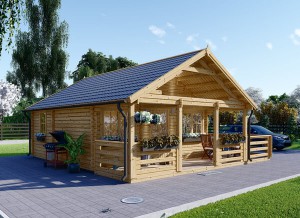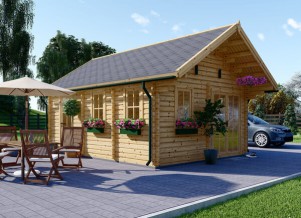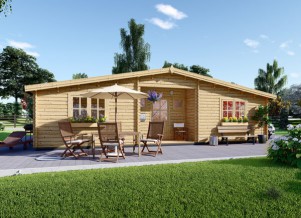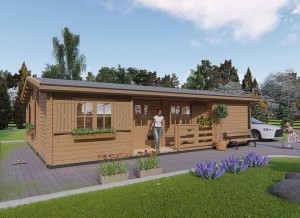Beginners in gardening should consider planting boxwood shrubs as they require minimal maintenance and are thus a great starter crop. It has a rounded shape and thrives in the southern regions of the USA. You can grow this plant in many other areas with ease too, as long as you do so as per its requirements.
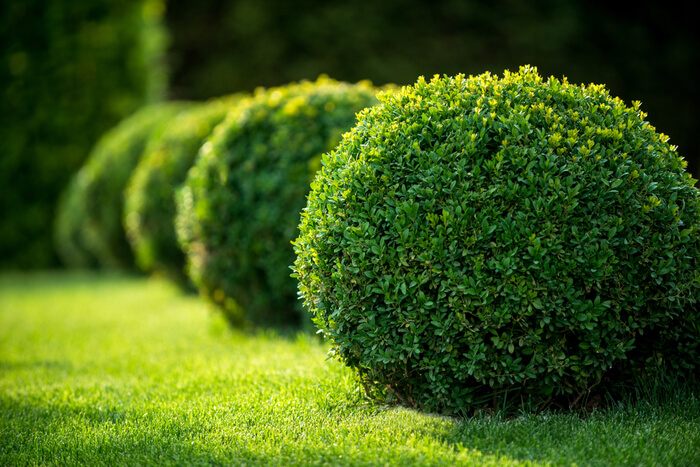
Boxwood takes a considerable amount of time to mature and is dense with glossy leaves. It is thus an excellent choice for hedges as well as garden additions.
Though this plant will do well with minimal maintenance, it all comes down to taking precautions during the planting stages if you want to enjoy success in its cultivation. Here is how to plant boxwood shrubs in your garden:
Indoors vs. Outdoors
If you wish to regulate the conditions surrounding your plant to match those in the southern parts of the USA, growing the shrubs indoors might be your best bet as you start them. However, where your climatic conditions are favorable to the growth of boxwood shrubs, you can grow them both indoors and outdoors, and it is therefore up to you to choose what best suits your gardening needs.
Also, planting the shrubs in pots is an excellent option for anyone who enjoys mobility as you can move them as often as you would like to encourage their growth as per the prevalent conditions.
Planting Schedule
When planting the shrubs indoors, you can start at any time as you can always regulate the conditions to match those which the plants need at any given time. Where the plants will be outdoors, you should consider the seasons. For best results, you should have the shrubs in the ground in autumn. When this is not possible, you can plant them towards the end of spring or the start of summer.
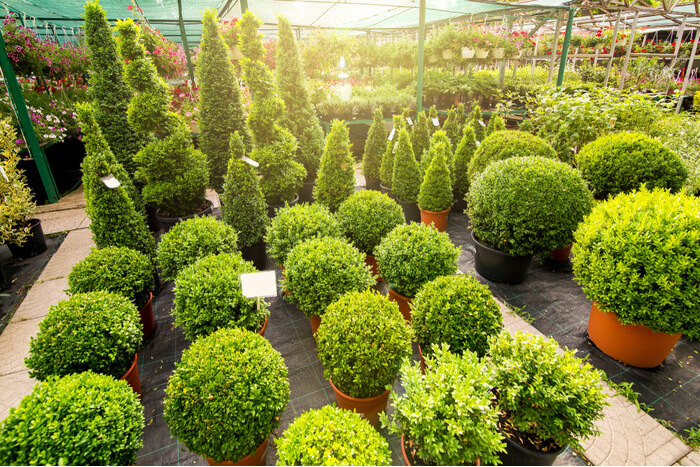
Site Selection
The location of the shrubs will depend on your climate. For people in cold areas, the ideal positioning should be in an area with access to full sunlight all day, as this will enable the plants to get all that they need. Where the climate is warm, the site should have access to partial shade such that the plants do not lose all their moisture to the atmosphere and wilt.
Where the cultivation is indoors, site selection is not much of an issue as long as the shrub has adequate access to light and water.
The rule of thumb is that the shrub site selection should be towards the north or south.
Soil Testing
First off, you must ensure that the soil is well-draining. Boxwood shrub roots can drown and rot when left in wet conditions for prolonged periods. You can test the drainage capabilities by digging a hole and filling it with water and waiting for a day. After this period, the hole should be empty. If there is water in the void, the soil is not suitable for the shrubs. These plants have short roots which will sit in water for long if the ground gets saturated. Also, though the soil should allow water to pass, it should not be so draining that the shrubs have nothing to absorb in the dirt after a while as this will affect their productivity.
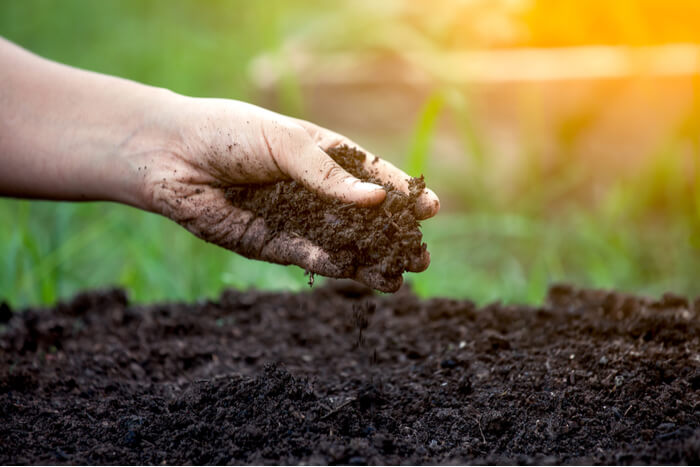
The fertility of the soil is also essential. When you plant the shrubs indoors, you can buy soil mixes from nurseries, which will provide the plants with adequate nutrients. You should look into amending the soil to ensure that the plants get all that they need.
The pH of the soil will also come into play, and it should range somewhere between 6 and 7. You can test for the pH by digging a hole and filling it with water. Allow the water to sit in the void for a few minutes and dip a test strip and take the reading. Amending will depend on the range.
Root Preparation
The roots of new plants require spreading out which you can achieve by loosening the balls around the roots. If you are transplanting the shrub, you can skip this step as it will not affect the plant’s growth.
When handling the roots, do so with caution as they are delicate and any damage to them at this point will affect their health.
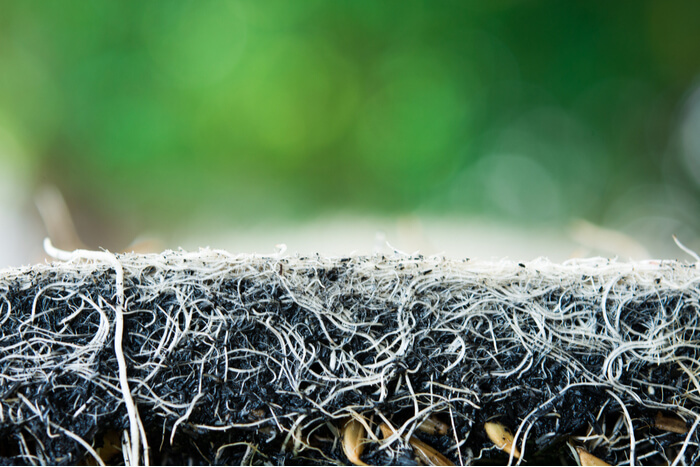
Planting
Where you are planting the shrubs outdoors, you should dig a hole that is as deep as the plants’ height and as wide as the spread of the roots. In this way, the plant will be able to continue growing as it was in its prior conditions.
If you are planting in a pot, you should ensure that the roots are at least two inches into the soil. Any less than this will expose the shallow roots.
You can now place the shrub in the ground before filling the hole with two inches of soil. Follow up with two inches of mulch to protect the roots from loss of water when the temperatures are high. You can now pack down the materials to keep them in place.
Aftercare
Boxwood shrubs do not require much water. You should water them once every week when the temperatures are high and avoid wetting the soil. For the cold months, you can reduce the watering frequency to ensure that the roots do not drown. You should check for the availability of water by feeling the dirt with your hands to a depth of two inches. Only water the soil when it is dry and skip the sessions if the ground is damp.
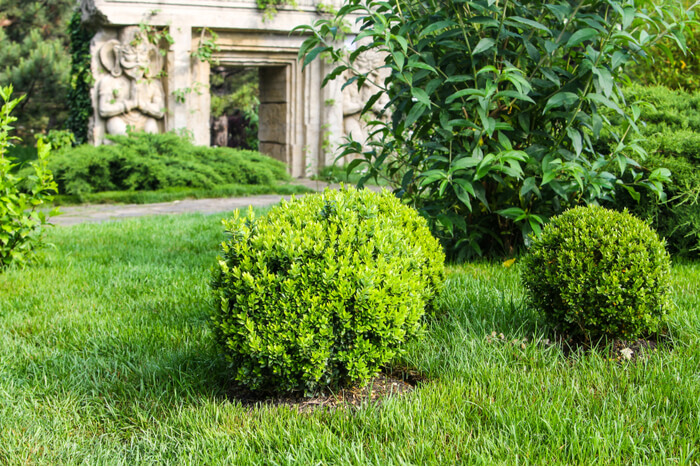
Common Problems
Yellow Shrubs
Ideally, your plants should be green, and if you notice a yellow hue in the leaves, it is a sign that something is amiss. One major cause of this is too much watering that the plants are unable to absorb the nutrients in the soil. Also, the soil may be too dense, and the lack of aeration may be a causative factor.
Additionally, it may be as a result of lack of adequate sunlight. Spacing may also be an issue owing to competition for nutrient if the shrubs are not at least one foot apart. Thus, look into any of the above problems and you should be able to pinpoint the cause.
With these processes in place, your shrubs will grow into healthy plants.
Wishing to know more about already prepared and protected wood buildings visit our website.

